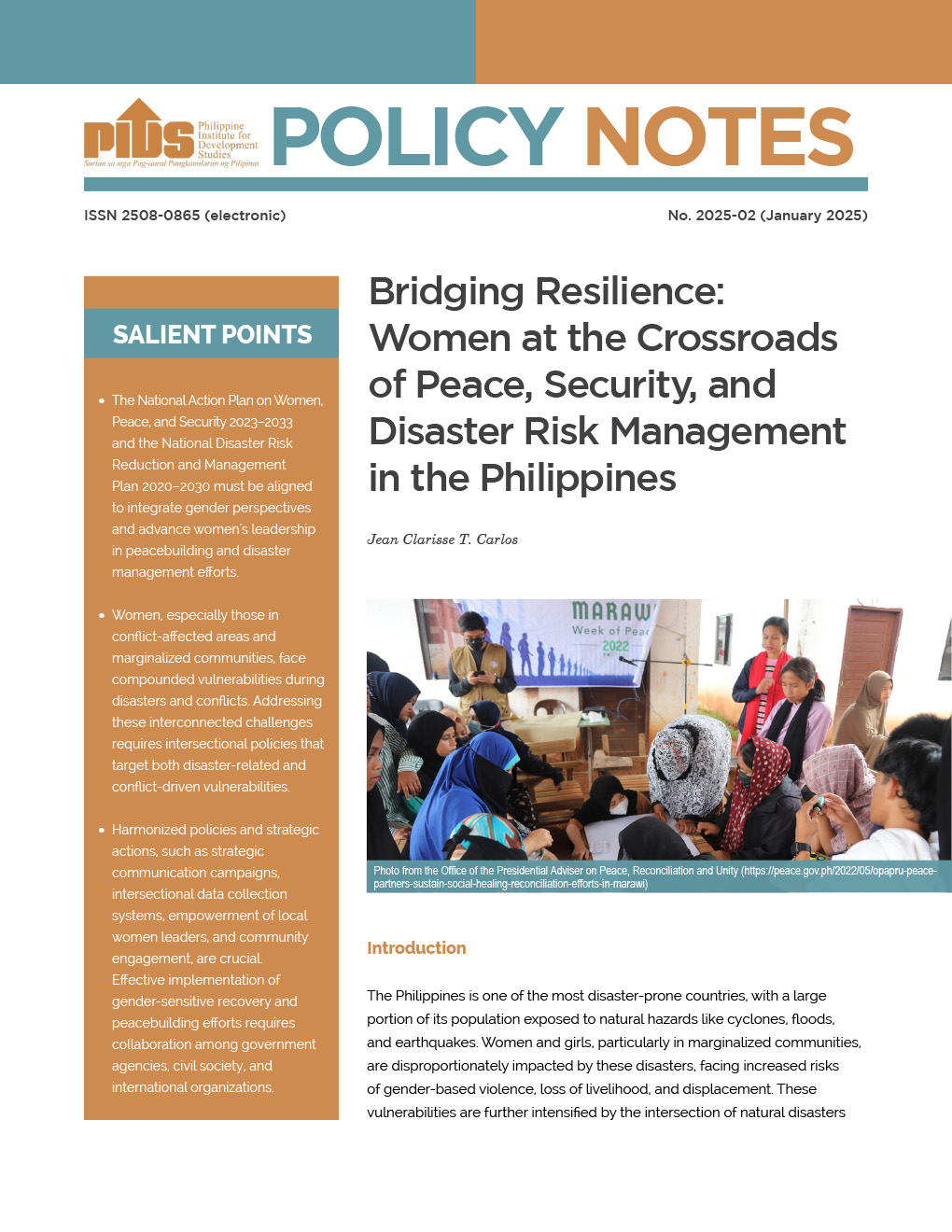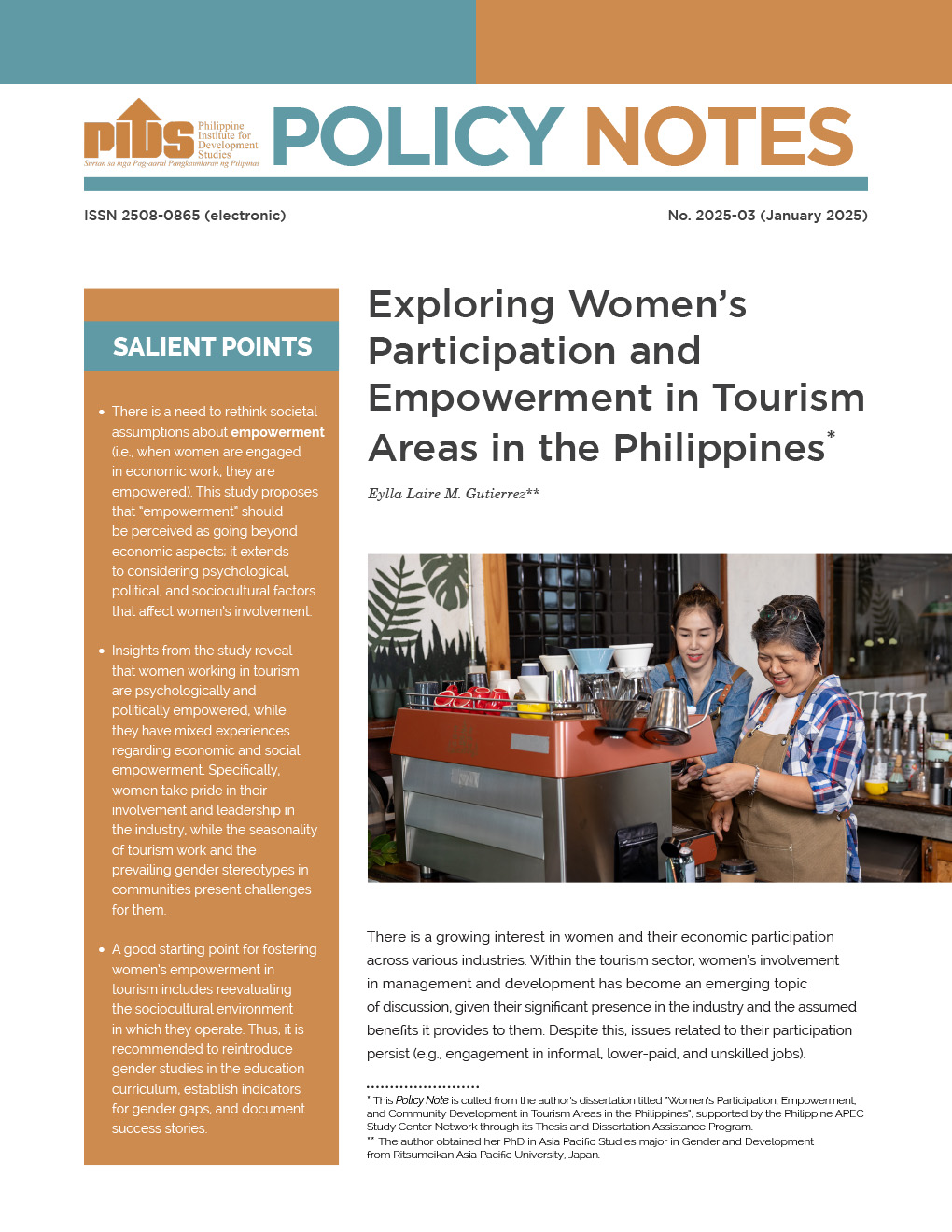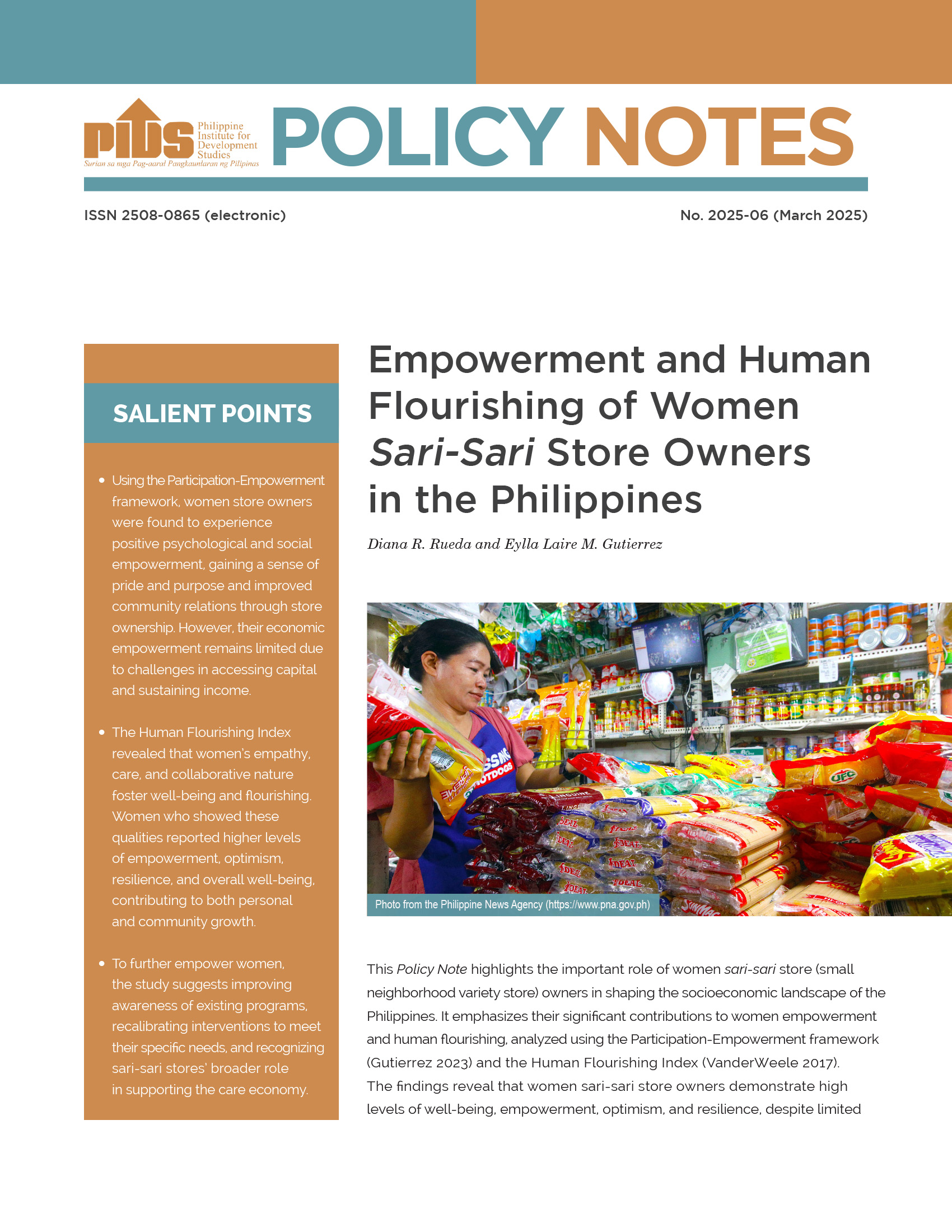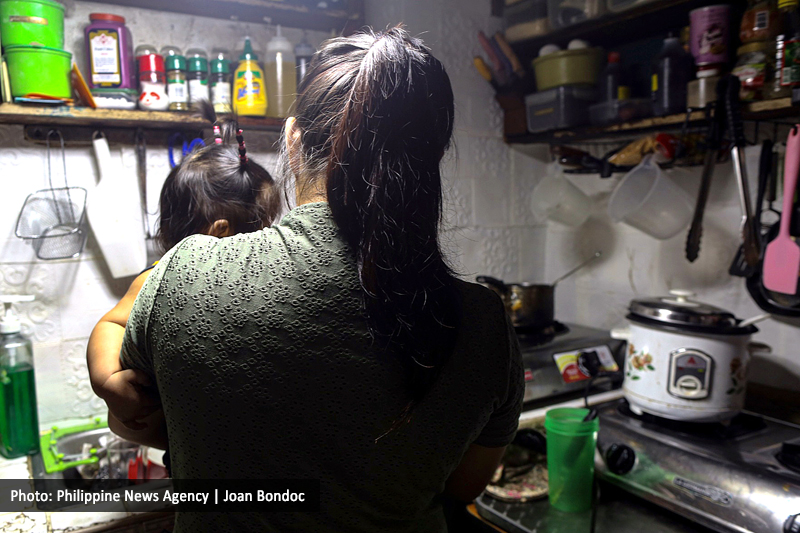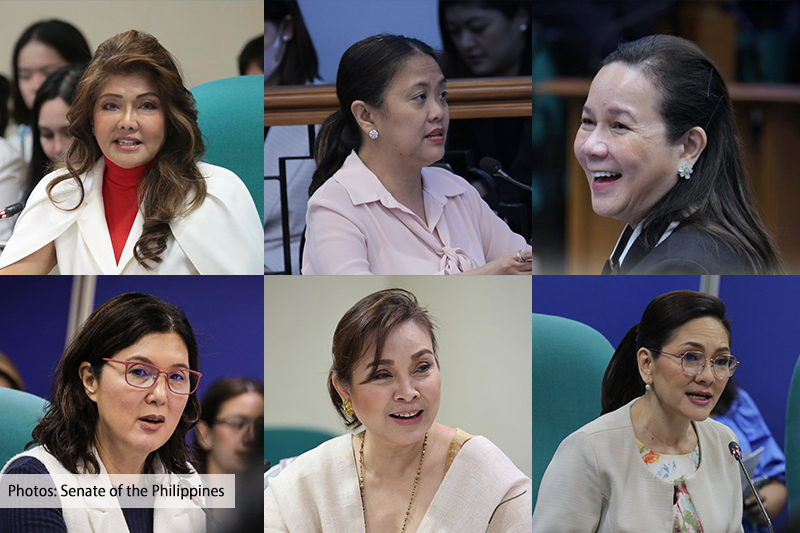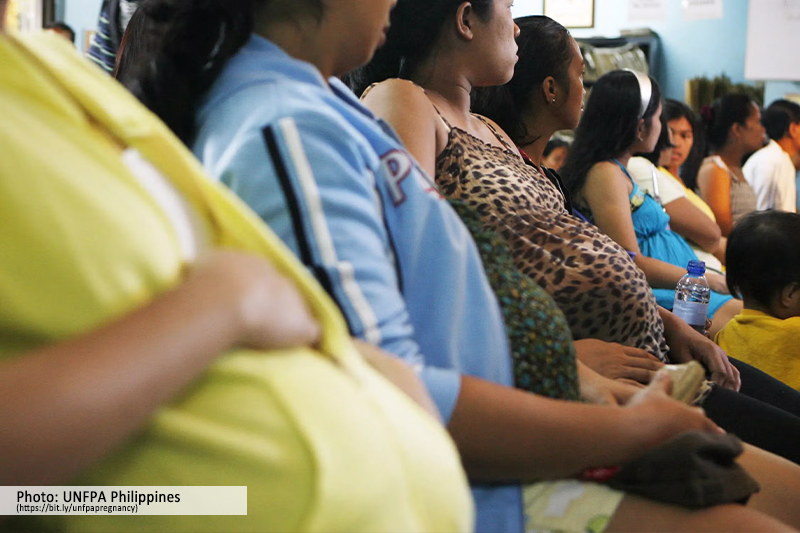MANILA, Philippines – The Philippines has improved slightly in gender equality as it advanced three spots – to 16th place among 146 countries – in the latest World Economic Forum’s (WEF) Global Gender Gap Index report (GGGR).
The Philippines, which ranked 19th in 2022, is still deemed the most gender-equal country in Asia. It had a parity score of 0.791, where 0 is gender imparity, and 1 is parity.
The Gender Gap Index measures gender equality based on the following factors: economic participation and opportunity, educational attainment, health and survival, and political empowerment. The Philippines scored best in educational attainment with a score of 0.999, while it fared worst in political empowerment, with a score of 0.409.
The Philippines scored 0.968 in health and survival, and 0.789 for economic participation and opportunity.
Despite an improvement of three positions with its 79.1% gender parity, the WEF noted that this is only a partial recovery towards its 2018 parity level, at 79.9%.
“With 26% women cabinet ministers, the Philippines has recovered on that indicator. However, the gap widened in the share of parliamentarians who are women (37.6% parity), thus effectively decreasing overall parity on the political empowerment subindex (40.9%) by 0.7 percentage points since 2018,” the WEF noted.
Gender equality in education in the Philippines is almost at parity, with educational attainment at 99.9%, . The country also managed to come close to parity in the health and survival indicator, but “the country has regressed on this subindex (96.8%) due to a slight decline in sex ratio at birth,” the WEF said.
The Philippine also maintains full parity in senior officer and technical workers, but a pay gap remains – women’s income is just 71.6% that of men, the report found.
Comparison with UNDP report
In another recent report of the United Nations Development Programme (UNDP), it was found that 99.5% of Filipinos hold biases against women. Broken down by gender, Filipino women who held biases against their own gender in the UNDP’s Gender Social Norms Index (GSNI) report were just an increment higher – at 99.67%, compared to men who had biases at 99.33%.
Why the disconnect? In a Rappler Talk episode with women’s rights expert Nathalie Africa-Verceles, the professor said that it must be noted that the two studies are measuring different things, and have a different set of indicators.
“I think it’s also important to point out that the Global Gender Gap Index measures achievement. It assesses gender gaps, not norms, not beliefs. So I would put more value on the Global Gender Gap report because it has more indicators to begin with, and also it is an objective measure of gender equality,” she said.
While Verceles said that the GSNI’s findings must be taken with a grain of salt due to the limited indicators, it does not mean that they should be disregarded.
The GSNI measured attitudes toward gender across four key dimensions – political, educational, economic, and physical integrity. Researchers asked participants whether they agreed with statements like, “women having the same rights as men is essential for democracy,” and “men make better political leaders than women do.” A similar finding in the GGGR and the GSNI is how gender equality was weak in political empowerment.
A 2017 report from the Philippine Institute for Development Studies noted the underrepresentation of women in governance over the last few decades. The researchers found then that the overall picture of female representation in local elective offices is “particularly alarming.”
It has been nearly a year since the presidency of Rodrigo Duterte, who consistently made public sexist remarks. Experts and advocates have warned that Duterte’s rape jokes contributed to the normalization of misogyny in Philippine culture.

